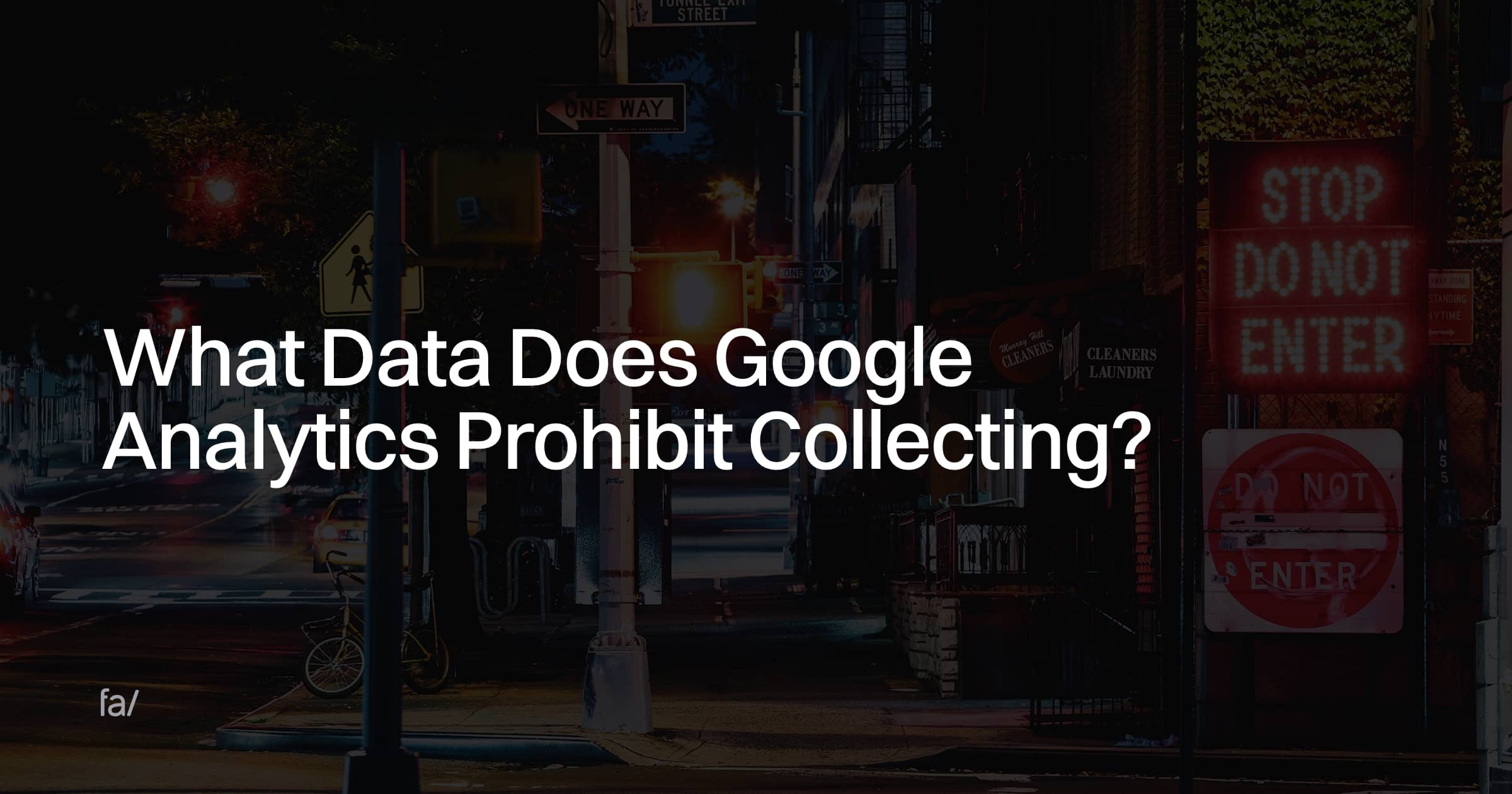Grasping the Art of Overcoming Information Collection Limitations in Google Analytics for Better Decision-Making
In the world of digital analytics, the capacity to remove purposeful understandings from information is paramount for notified decision-making. By using sophisticated methods and tactical strategies, companies can raise their information quality, unlock hidden understandings, and pave the method for even more effective and educated choices.
Data Top Quality Analysis
Information top quality assessment involves evaluating numerous elements such as precision, completeness, consistency, and timeliness of the data. One key facet to take into consideration is information accuracy, which refers to just how well the information mirrors the real worths of the metrics being measured.
Efficiency of data is one more critical consider evaluating information quality. It involves making sure that all required information factors are accumulated and that there are no gaps in the details. Insufficient information can alter evaluation results and hinder the capacity to get a thorough view of customer actions or web site performance. Consistency checks are likewise essential in information quality analysis to identify any discrepancies or abnormalities within the data collection. Timeliness is similarly important, as out-of-date information may no longer matter for decision-making processes. By focusing on information quality analysis in Google Analytics, companies can boost the dependability of their analytics records and make more enlightened decisions based on precise understandings.
Advanced Monitoring Strategies
Making use of advanced monitoring strategies in Google Analytics can significantly boost the depth and granularity of information collected for even more comprehensive evaluation and insights. One such technique is occasion tracking, which enables the surveillance of certain communications on a website, like click buttons, downloads of files, or video clip sights. By applying event monitoring, organizations can gain a much deeper understanding of customer behavior and interaction with their online content.
In addition, customized dimensions and metrics offer a way to customize Google Analytics to specific organization demands. Custom-made measurements allow for the production of brand-new data factors, such as individual functions or customer segments, while custom metrics allow the tracking of special performance signs, like revenue per individual or average order worth.
Additionally, the application of Google Tag Supervisor can enhance the implementation of monitoring codes and tags throughout an internet site, making it simpler to handle and release innovative monitoring arrangements. By utilizing these sophisticated monitoring techniques, organizations can open important insights and enhance their on the internet techniques for better decision-making.
Customized Measurement Execution
To improve the depth of data collected in Google Analytics past innovative tracking methods like event monitoring, companies can execute custom dimensions for more customized understandings. Custom measurements enable companies to specify and gather specific data factors that pertain to their unique goals and objectives (What Data Does Google Analytics Prohibit Collecting?). By appointing custom measurements to various components on a web site, such as user communications, demographics, or session details, businesses can get a more granular understanding of just how users involve with their online residential or commercial properties

Attribution Modeling Approaches
By utilizing the ideal attribution version, companies can precisely attribute conversions to the proper touchpoints along the consumer journey. One typical acknowledgment design is the Last Communication design, visit which provides credit scores for a conversion to the last touchpoint a customer interacted with prior to transforming.

Data Tasting Avoidance
When dealing with big quantities of information in Google Analytics, getting rid of data tasting is important to make certain accurate insights are derived for notified decision-making. Data tasting happens when Google Analytics approximates patterns in information rather than analyzing the complete dataset, possibly leading to skewed outcomes. By taking these proactive steps to lessen information sampling, businesses can draw out much more exact insights from Google Analytics, leading to better decision-making and boosted overall performance.
Conclusion
To conclude, understanding the art of overcoming data collection constraints in Google Analytics is crucial for making educated decisions. By performing a complete information quality analysis, implementing sophisticated tracking techniques, utilizing customized measurements, utilizing acknowledgment modeling strategies, and preventing data tasting, businesses can ensure that they have reliable his response and precise information to base their choices on. This will eventually cause extra effective approaches and much better results for the company.

Comments on “Google Analytics Standards: What Data Does Google Analytics Prohibit Collecting?”